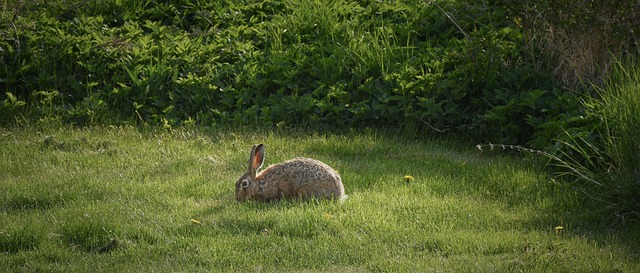Multi-use outdoor spaces transform exterior areas into dynamic environments accommodating diverse activities from casual gatherings to formal events. Balancing functionality with flexibility, these spaces incorporate modular furniture, adaptable surfaces, and vertical gardening to maximize limited space. Well-designed outdoor living areas encourage community interaction, active lifestyles, and relaxation while remaining inclusive and accessible for all users across different seasons. Integrating stylish aesthetics and practical considerations creates a versatile outdoor space perfect for various activities and memorable moments.
Dividing outdoor spaces for multiple uses is a clever approach to maximize functionality and create versatile environments. This article explores the concept of outdoor living area design that caters to various activities, from relaxation to entertainment. We’ll delve into strategies such as flexible layout planning, incorporating adaptable furniture, and balancing aesthetics with practicality. Discover how to transform your outdoor space into a dynamic and inviting area that caters to all seasons and occasions.
Understanding Multi-Use Outdoor Spaces: The Concept
Multi-use outdoor spaces are a modern approach to enhancing and maximizing the potential of exterior areas, offering versatile environments that cater to diverse activities and gatherings. This concept revolves around designing outdoor living areas that can seamlessly transition between various functions, ensuring space optimization and creating vibrant, dynamic environments. By incorporating elements such as flexible seating arrangements, modular furniture, and adaptable surfaces, these spaces accommodate everything from casual social gatherings and leisure activities to more formal events and community meetings.
The beauty of multi-use design lies in its ability to cater to different user groups and preferences while promoting a sense of community and interaction. Well-planned outdoor living areas can encourage active lifestyles with dedicated spaces for exercise, sports, and play, all while providing serene corners for relaxation and quiet contemplation. This versatile approach to outdoor space planning ensures that areas are inclusive, accessible, and capable of adapting to the ever-changing needs and desires of residents and visitors alike.
Designing for Functionality and Flexibility
When designing outdoor spaces, functionality and flexibility are key principles to consider for creating an adaptable and appealing outdoor living area design. The goal is to maximize the space’s potential by accommodating various activities while ensuring a seamless transition between different uses. Incorporating versatile features like multi-purpose furniture, modular components, and adjustable lighting can create dynamic environments that cater to changing needs.
For instance, incorporating foldable tables and chairs allows for easy reconfiguration, transforming a seating area into a dining space or a gathering spot for games. Vertical gardening and innovative storage solutions not only add aesthetic value but also contribute to functionality by maximizing limited space. This approach ensures that the outdoor living area can adapt to different seasons, weather conditions, and social gatherings, making it a truly versatile and enjoyable environment throughout the year.
Incorporating Versatile Elements in Your Landscape
In an era where versatile spaces are becoming the norm, incorporating adaptable elements in your outdoor living area design is key to maximizing functionality and appeal. Think beyond traditional boundaries; integrate features that can seamlessly transition from one use to another. For instance, a multi-purpose patio can double as a peaceful reading nook or an energetic game zone with simple adjustments like furniture rearrangement or the addition of portable accessories.
Consider modular seating arrangements, adjustable heights, and convertible furniture pieces. These allow for fluidity in space utilisation, catering to various activities and social gatherings. By embracing such adaptable design principles, you not only enhance the usability of your outdoor living area but also create a dynamic environment that caters to diverse needs and lifestyles.
Balancing Aesthetics with Practicality in Outdoor Living Area Design
When designing an outdoor living area, striking a balance between aesthetics and practicality is essential to create a functional and visually appealing space. While the allure of beautiful, curated landscapes is undeniable, it’s equally important to consider how the design will serve the needs of its users. Incorporating stylish elements like elegant hardscaping, eye-catching landscaping, and comfortable outdoor furniture can transform an outdoor area into a desirable gathering place.
Practical considerations, such as adequate seating for expected traffic, strategic placement of shade structures to protect from harsh weather conditions, and well-planned accessibility for easy maintenance, are crucial. By thoughtfully integrating both aesthetic and practical elements, the final result will be an outdoor living area that not only delights the senses but also offers a versatile space for diverse activities and memories to be made.
Dividing outdoor spaces for multiple uses is a thoughtful approach to enhancing modern outdoor living areas. By understanding the concept of multi-use spaces and incorporating versatile design elements, homeowners can create functional and flexible environments that cater to diverse activities. Balancing aesthetics with practicality ensures these spaces not only serve practical purposes but also become visually appealing centers of activity, enriching daily life and entertainment. Optimizing your outdoor living area design through these strategies offers a dynamic solution for modern lifestyles, where versatility and functionality are key.
